Have you ever wondered if your favorite glassware is microwave-safe? Well, you're in the right place! In this guide, we'll dive into the topic of glassware and microwave compatibility. As a glass manufacturer, we understand the importance of using glassware safely and efficiently. So, get ready to demystify the microwave ability of your glass bottles, glass cups, glass jars, and more. We'll cover the factors that determine microwave safety, tips for selecting the right glassware, and essential precautions to keep in mind. Let's ensure your glassware and microwave work together like a perfect culinary duo!
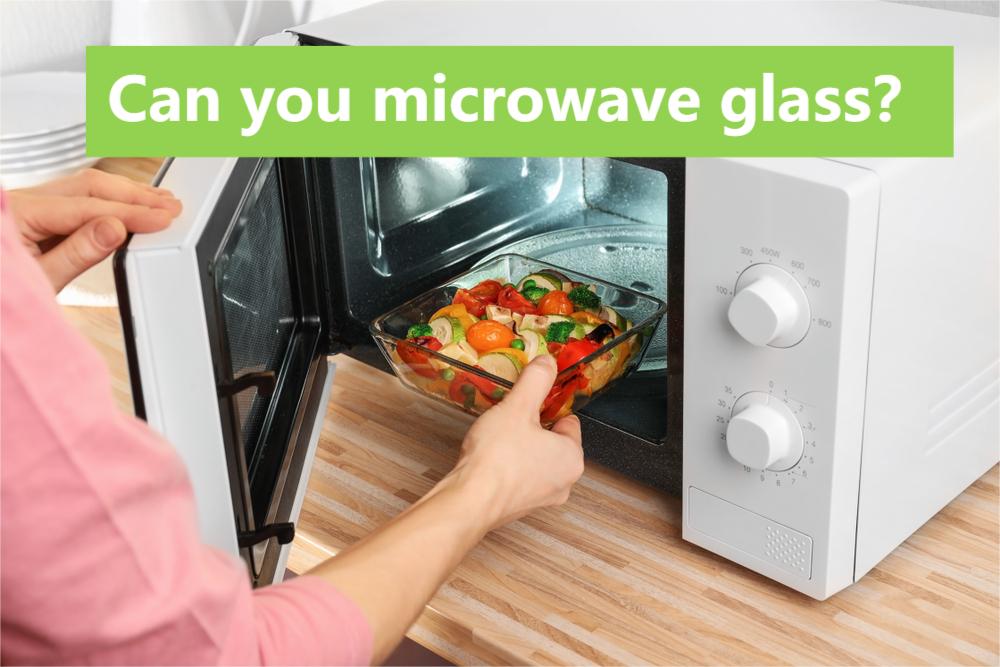
Factors Determining Microwave Safety of Glassware
Ensuring the safety of glassware when using it in a microwave is of utmost importance to prevent accidents and hazards. Several factors contribute to the microwave safety of glassware. Let's delve deeper into each of these factors:
Glass Composition and Structure
The composition and structure of the glassware play a significant role in determining its microwave safety. Here are further details to consider:
1. Heat Resistance
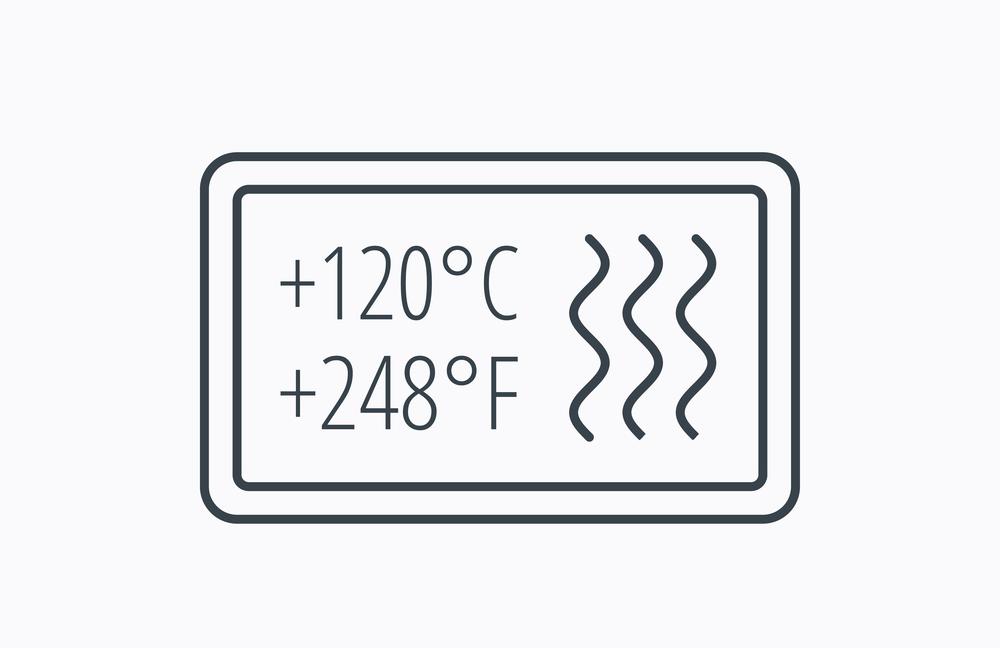
Glassware intended for microwave use should be made from heat-resistant glass. One commonly used type of heat-resistant glass is borosilicate glass, which is known for its ability to withstand rapid temperature changes. It has a low coefficient of thermal expansion, making it less prone to cracking or shattering when exposed to heat.
2. Non-Porous and Non-Crystalline Structure
Microwave-safe glassware typically has a non-porous and non-crystalline structure. Non-porous glassware has minimal microscopic openings, reducing the likelihood of moisture absorption, which can cause the glass to heat unevenly or shatter. Non-crystalline glass lacks a regular crystal lattice structure, making it less prone to thermal stress and breakage when exposed to microwave energy.
3. Thickness and Uniformity
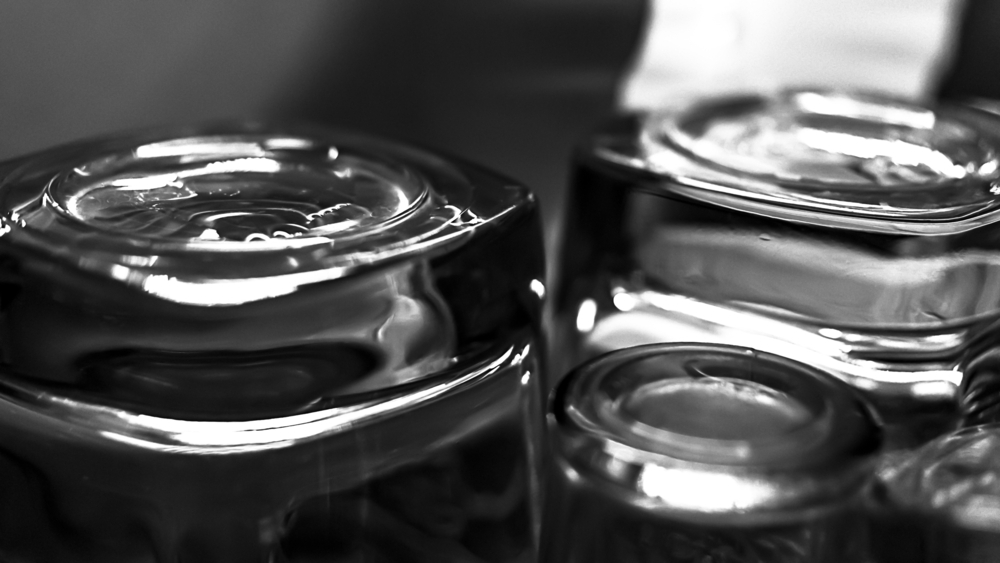
The thickness and uniformity of glassware contribute to its microwave safety. Glassware with consistent thickness and uniform structure allows for better heat distribution during microwave heating. This helps prevent localized hotspots that can lead to thermal stress and potential breakage. Thicker glassware also provides better insulation against sudden temperature changes.
Metallic Accents or Coatings
Glassware with metallic accents or coatings may pose safety concerns when used in the microwave. Consider the following factors:

1. Microwave Reflection and Sparking
Metallic elements in glassware can reflect microwave energy, leading to sparking and potential damage to the microwave or glassware. It is advisable to avoid using glassware with metallic accents or coatings in the microwave unless explicitly labeled as microwave-safe. Such products are specifically designed and tested to ensure that they do not cause any issues during microwave use.
2. Manufacturer Recommendations
Always refer to the manufacturer's guidelines or instructions regarding the use of glassware with metallic accents or coatings in the microwave. Manufacturers may provide specific instructions for safe microwave use, or they may advise against microwave use altogether for glassware with metallic elements.
Shape and Design of Glassware
The shape and design of glassware can influence its microwave safety. Consider the following aspects:
1. Stability and Balance
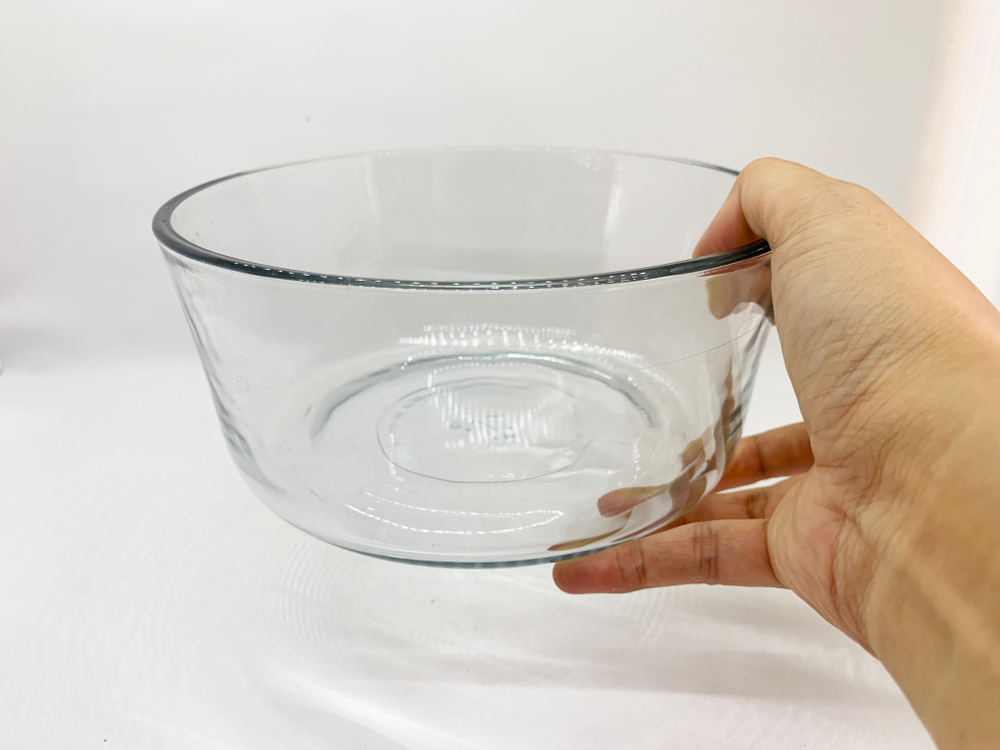
Opt for glassware with a stable and well-balanced design. This helps prevent tipping or spilling during microwave use, reducing the risk of accidents or injuries. Glassware with a wide base and a balanced weight distribution is generally more stable and less prone to tipping over.
2. Avoid Complex or Irregular Shapes
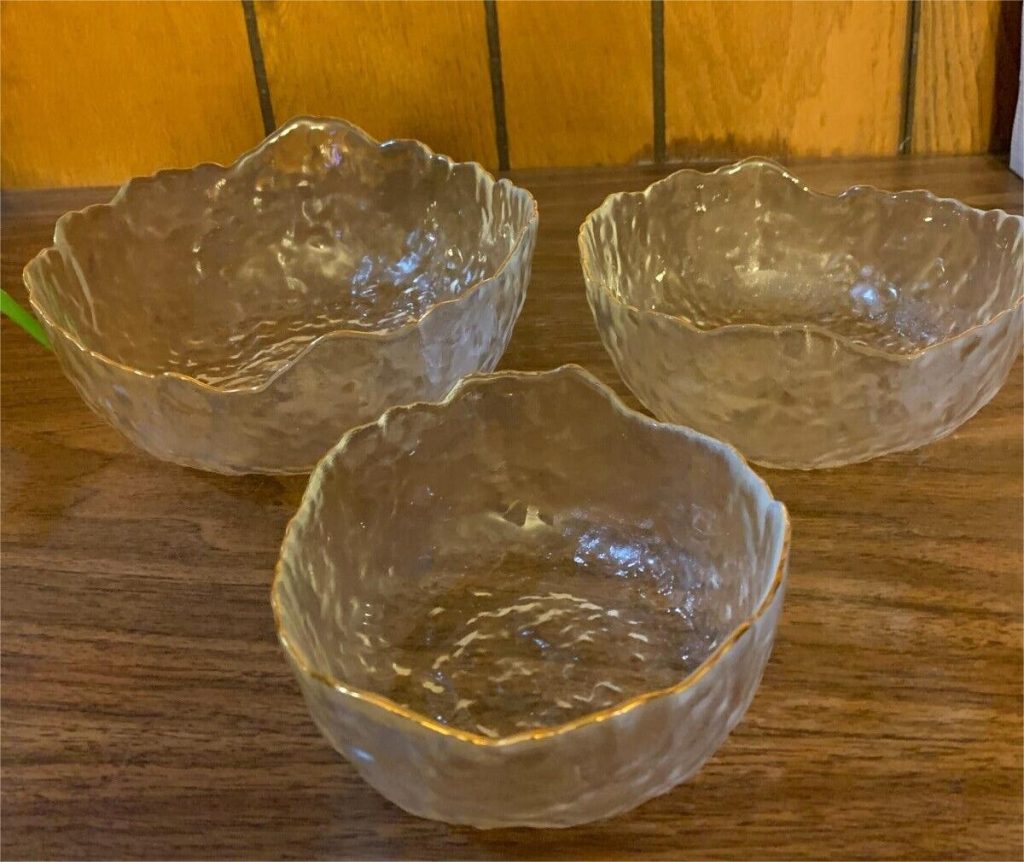
Glassware with irregular shapes or complex may heat unevenly in the microwave. The varying thicknesses and shapes can create hotspots, leading to potential thermal stress and breakage. It is advisable to choose glassware with simple, regular shapes for better microwave safety.
3. Handles and Lids
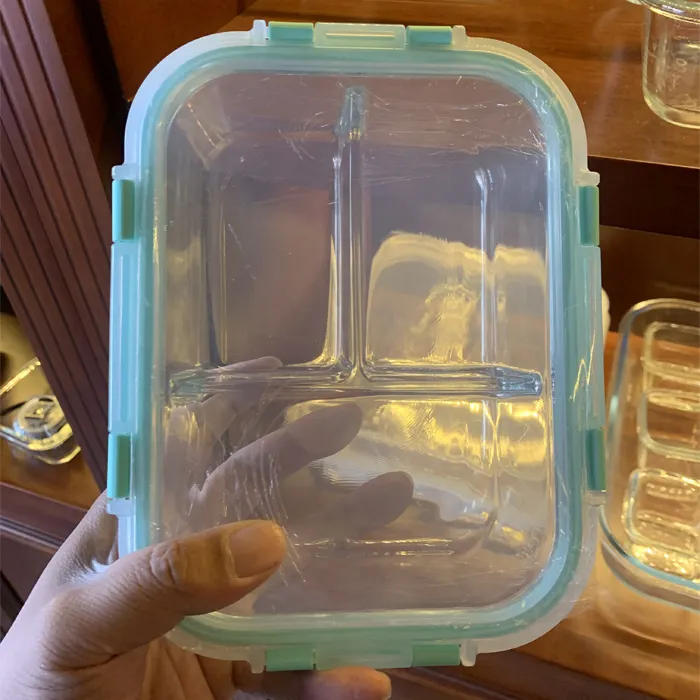
Glassware with handles or glassware with lids should be designed for microwave safety. Handles and lids made from heat-resistant materials, such as heat-resistant plastics or silicone, reduce the risk of burns when handling hot glassware. Ensure that any attached handles or lids are specifically labeled as microwave-safe.
Understanding the factors that determine the microwave safety of glassware is crucial for selecting appropriate glassware and ensuring safe usage in the microwave. Consider the glass composition and structure, presence of metallic accents or coatings, and the shape and design of the glassware when assessing its suitability for microwave use. Always follow the manufacturer's guidelines and instructions to ensure safe and effective use of glassware in the microwave.
Selecting Microwave-Safe Glassware
Choosing microwave-safe glassware is essential to ensure safe and hassle-free microwave usage. Here are three key considerations when selecting microwave-safe glassware:
Look for Microwave-Safe Labels or Symbols
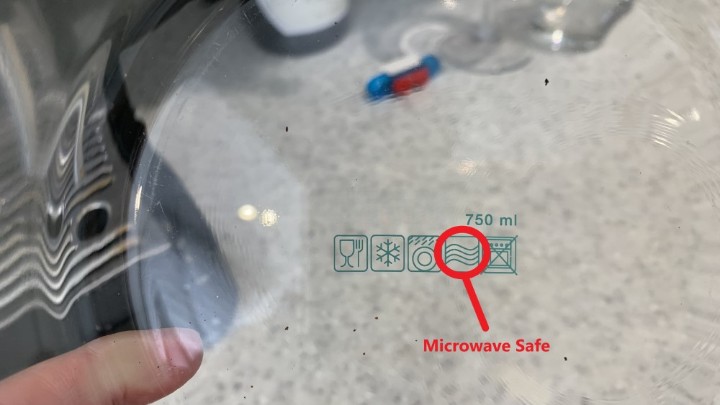
One of the easiest ways to identify microwave-safe glassware is by looking for specific labels or symbols indicating its suitability for microwave use. Consider the following points:
● Microwave-Safe Labels
Look for labels or text on the packaging or the glassware itself that explicitly state "microwave-safe" or "safe for microwave use." These labels indicate that the glassware has undergone testing to ensure its safety when exposed to microwave energy.
● Microwave-Safe Symbols
Some glassware may feature specific symbols that indicate microwave safety. Look for a microwave symbol, often depicted as wavy lines, on the glassware or its packaging. This symbol signifies that the glassware is suitable for use in the microwave.
Always follow the instructions provided by the glassware manufacturer regarding the appropriate use and limitations of the microwave-safe glassware.
Opt for Tempered or Heat-Resistant Glass
Choosing glassware made from tempered or heat-resistant glass enhances microwave safety. Consider the following details:
● Tempered Glass
Tempered glass is a type of safety glass that has undergone a thermal treatment process to increase its strength and resistance to breakage. It is designed to withstand thermal shocks, making it a reliable choice for microwave use.
Look for glassware made from heat-resistant materials, such as borosilicate glass. Borosilicate glass is renowned for its ability to withstand rapid temperature changes, making it well-suited for microwave applications.
● Manufacturer Specifications
Check the glass manufacturer's specifications or product description to ensure that the glassware is specifically labeled as tempered or heat-resistant. Manufacturers often highlight these features to assure customers of the glassware's durability and microwave safety.
Avoid Glassware with Metallic Trims or Decorations
To ensure microwave safety, it is advisable to avoid glassware with metallic trims or decorations. Metallic elements in glassware can cause issues when exposed to microwave energy. Consider the following points:
● Reflecting Microwave Energy
Metallic trims or decorations on glassware can reflect microwave energy, leading to sparking and potential damage to the microwave oven. To prevent such hazards, it is best to avoid using glassware with metallic elements in the microwave unless explicitly labeled as microwave-safe.
● Consider Alternative Options
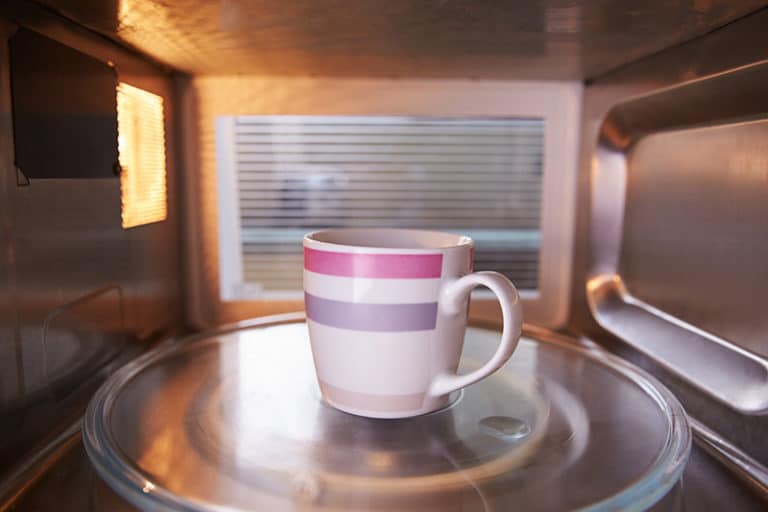
If you prefer glassware with decorative accents, look for alternatives such as ceramic or plastic options. These materials are generally microwave-safe and offer a wide range of designs and styles to choose from.
By following these guidelines, you can confidently select microwave-safe glassware. Look for microwave-safe labels or symbols, opt for tempered or heat-resistant glassware, and avoid glassware with metallic trims or decorations. Prioritizing safety ensures that your glassware can withstand the heat and provide a worry-free microwave experience.
Potential Risks and Precautions
While using glassware in the microwave is generally safe when following proper guidelines, it's important to be aware of potential risks and take necessary precautions to ensure safety. Here are three common risks associated with microwaving glassware and the precautions to mitigate them:
Thermal Shock and Shattering
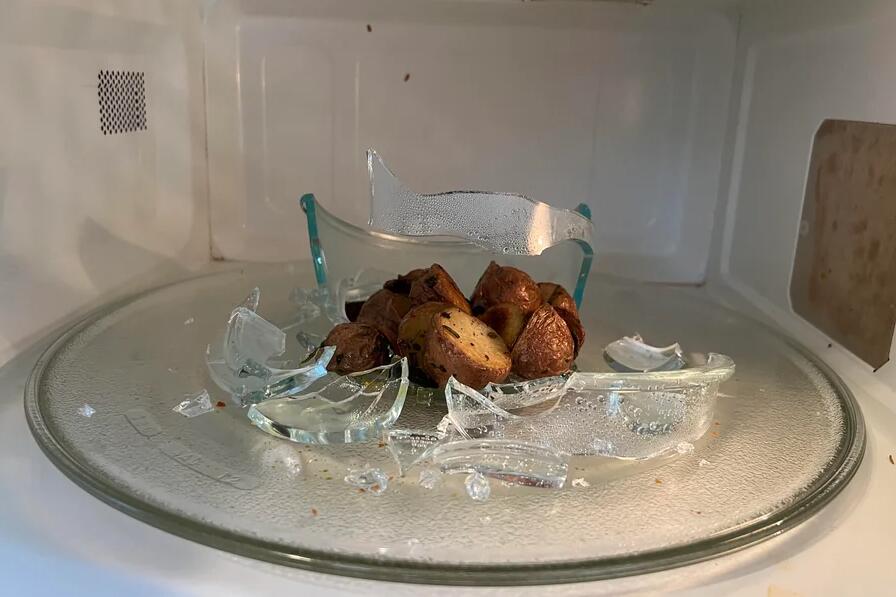
One of the main risks when using glassware in the microwave is thermal shock, which can lead to shattering of the glass. Follow these precautions to reduce the risk:
1. Avoid Extreme Temperature Changes
Minimize the risk of thermal shock by avoiding sudden and extreme temperature changes. For example, do not transfer glassware directly from the freezer to the microwave, as the rapid change in temperature can cause the glass to crack. Gradually acclimate the glassware to temperature changes by allowing it to come to room temperature before microwaving.
2. Preheat or Thaw Gradually
When heating or thawing frozen food in glassware, it is advisable to preheat or thaw gradually. Start with a lower power setting or use a defrost function to ensure more even heating. This reduces the risk of thermal shock and allows the glassware to adjust to the changing temperature more gradually.
3. Choose Microwave-Safe Glassware
Select glassware that is specifically labeled as microwave-safe. Microwave-safe glassware is designed to withstand the thermal stress caused by microwave heating. It is made from materials that can handle rapid temperature changes, such as borosilicate glass. Using microwave-safe glassware reduces the risk of shattering or breakage.
Hot Spots and Uneven Heating
Another risk when microwaving glassware is the formation of hot spots, which can lead to uneven heating and potential hazards. Take the following precautions to minimize this risk:
1. Stir or Rotate Contents
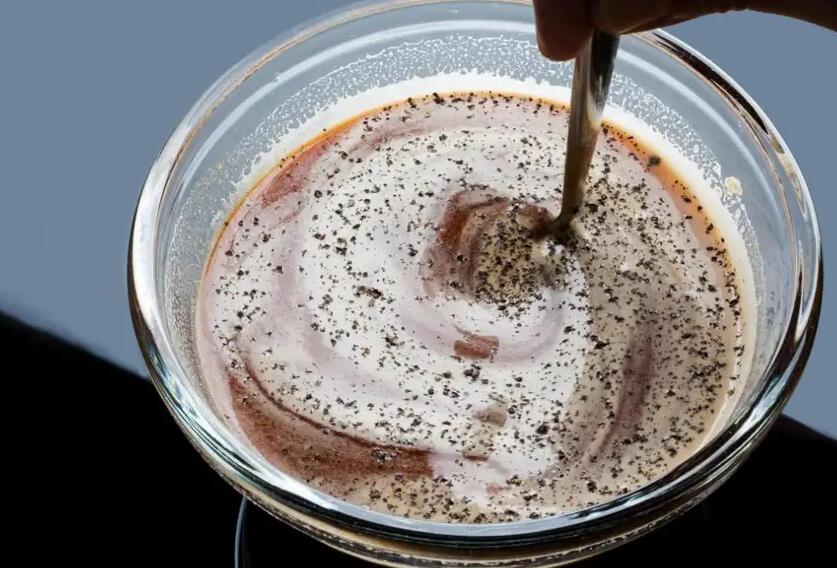
Stirring or rotating the contents of the glassware during microwaving promotes more even heating. It helps distribute the microwave energy throughout the food or liquid, reducing the chances of hot spots. This can be particularly important for items with varying thicknesses or densities.
2. Use Microwave-Safe Covers or Lids
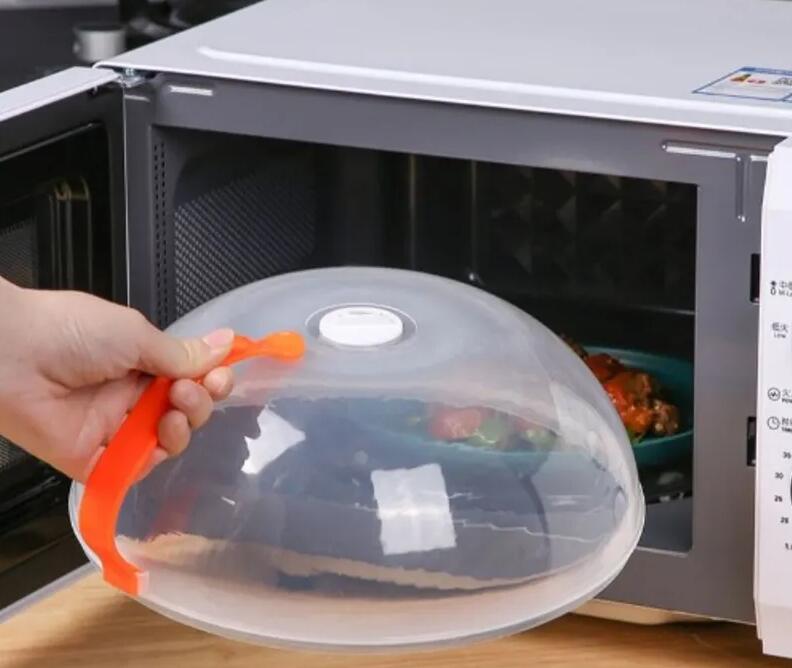
Covering the glassware with a microwave-safe lid or microwave-safe plastic wrap helps trap heat and moisture, contributing to more even heating. The cover also prevents splattering and helps retain heat, ensuring efficient cooking or reheating.
3. Follow Recommended Power Levels and Times

Adhere to the recommended power levels and cooking times provided in the microwave-safe glassware's instructions or the recipe being followed. These guidelines are designed to ensure that the glassware and its contents are heated evenly without excessive heat concentration in specific areas. Following the recommended guidelines helps prevent overheating or scorching.
| Food Item | Power Level | Cooking Time |
|---|---|---|
| Vegetables | High | 2-4 minutes |
| Rice | Medium-High | 10-15 minutes |
| Pasta | High | 8-12 minutes |
| Soup or Broth | Medium-High | 3-5 minutes |
| Meat (Chicken, Fish) | Medium-High | 6-10 minutes per pound |
| Meat (Beef, Pork) | Medium-High | 8-12 minutes per pound |
| Casseroles | Medium | 10-15 minutes |
| Baked Goods (Cake) | Medium | 8-12 minutes |
| Baked Goods (Muffins) | Medium-High | 3-5 minutes per muffin |
| Leftovers | Medium-High | 2-4 minutes |
Please note that these are general guidelines and may vary based on the specific microwave wattage and the quantity of food being cooked or reheated. Always refer to the manufacturer's instructions and adjust cooking times as needed for your specific microwave and glassware.
Steam Buildup and Pressure Release
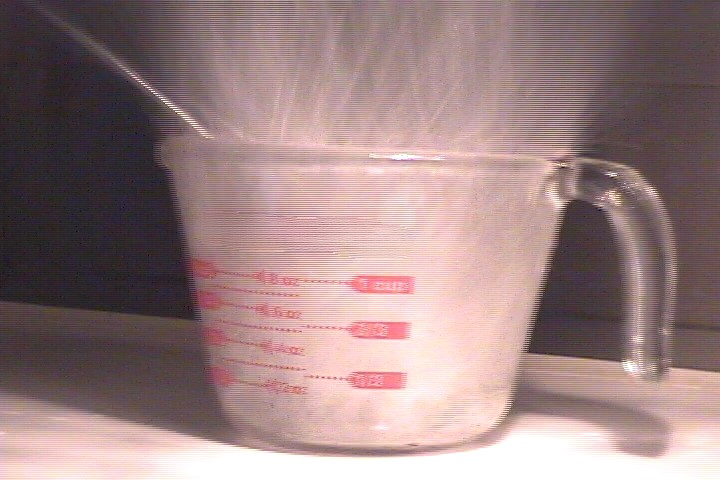
When heating liquids or foods with high water content, steam buildup can occur, potentially causing pressure and posing a safety risk. Take these precautions to avoid steam-related hazards:
1. Use Microwave-Safe Covers or Vented Lids
When heating liquids or foods that produce steam, use microwave-safe covers or lids with built-in vents or openings. These covers allow steam to escape gradually, preventing pressure buildup and reducing the risk of steam-related accidents. The vents or openings help release excess steam while still covering the glassware.
2. Create a Venting Opening
If using a regular microwave-safe lid without vents, create a small opening or lift one side slightly to allow steam to escape during microwaving. Be cautious of the hot steam released when removing the lid after microwaving. This prevents pressure buildup and helps avoid sudden steam release accidents.
3. Handle with Care
When handling hot glassware or removing covers or lids after microwaving, use oven mitts or heat-resistant gloves to protect your hands. Steam buildup can make the glassware and its contents extremely hot, posing a burn risk. Taking proper precautions when handling hot glassware helps prevent accidents and injuries.
By understanding the potential risks associated with microwaving glassware and following the necessary precautions, you can ensure a safe microwave experience. Avoid thermal shock and shattering by avoiding extreme temperature changes, promote even heating by stirring or rotating contents, and prevent steam buildup and pressure release accidents by using appropriate covers or creating venting openings. Prioritizing safety when using glassware in the microwave ensures a smooth and worry-free cooking or reheating process.
Cleaning and Maintenance of Microwave-Safe Glassware
Proper cleaning and maintenance of microwave-safe glassware not only ensure its longevity but also contribute to its continued safety during microwave use. Here are three key considerations for cleaning and maintaining microwave-safe glassware:
Handwashing vs. Dishwasher Safety
When it comes to cleaning microwave-safe glassware, you have the option of handwashing or using a dishwasher. Consider the following points:
● Handwashing
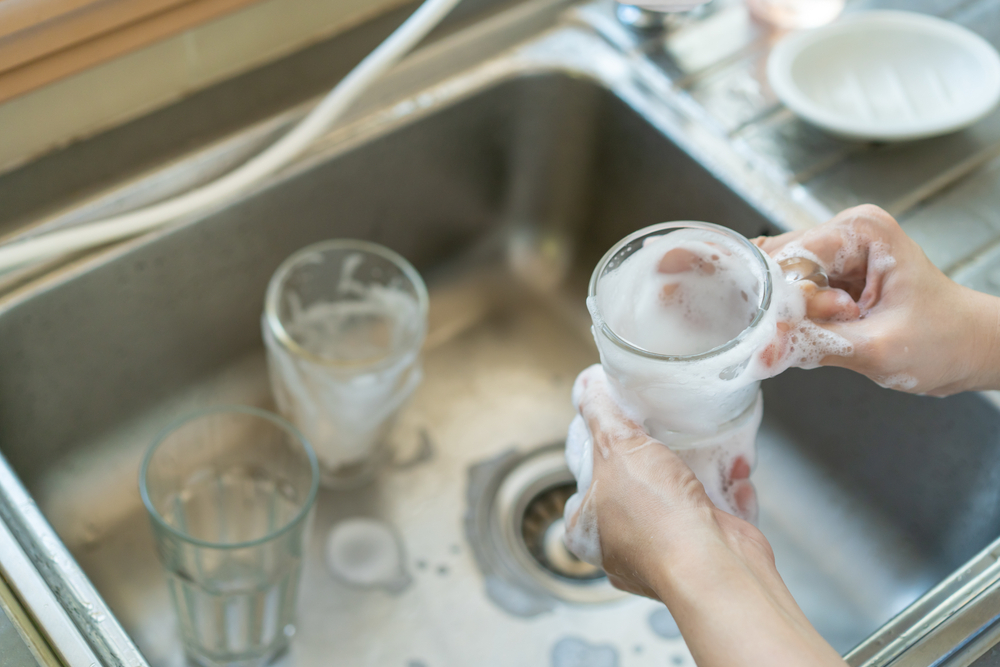
Handwashing glassware allows for more control over the cleaning process. Use a mild dish soap and warm water to gently clean the glassware. Avoid abrasive scrubbers or harsh cleaning agents, as they can potentially scratch or damage the glassware. Rinse thoroughly to remove any soap residue before drying.
● Dishwasher Safety
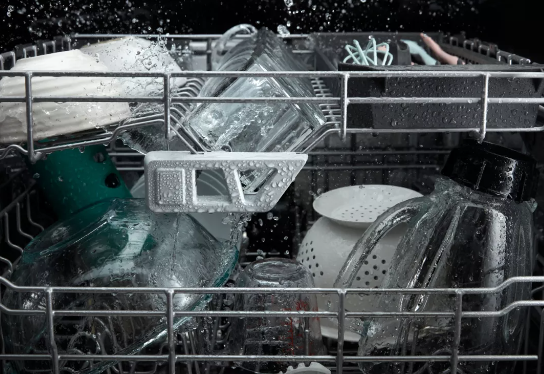
Most microwave-safe glassware is dishwasher safe. However, it's important to check the manufacturer's instructions to confirm this. Place the glassware securely in the dishwasher, ensuring it is not overcrowded. Use a dishwasher detergent specifically formulated for glassware, and select a gentle or glassware-specific cycle. Avoid using high-temperature cycles that may subject the glassware to rapid temperature changes.
Handling Hot Glassware Safely
Proper handling of hot glassware is crucial to prevent burns and accidents. Follow these safety measures:
● Use Oven Mitts or Heat-Resistant Gloves
When removing hot glassware from the microwave, always use oven mitts or heat-resistant gloves to protect your hands from burns. The glassware and its contents can become extremely hot during microwaving, and direct contact can cause serious burns.
● Allow for Cooling Time
After microwaving, allow the glassware to cool down for a few moments before handling it. This reduces the risk of burns and gives the glassware time to adjust to the temperature change. Use caution when removing covers or lids, as steam can escape and cause burns.
Regular Inspection for Damaged Glassware
Regularly inspecting microwave-safe glassware for any signs of damage is essential to maintain its safety. Consider the following:
● Check for Cracks, Chips, or Scratches
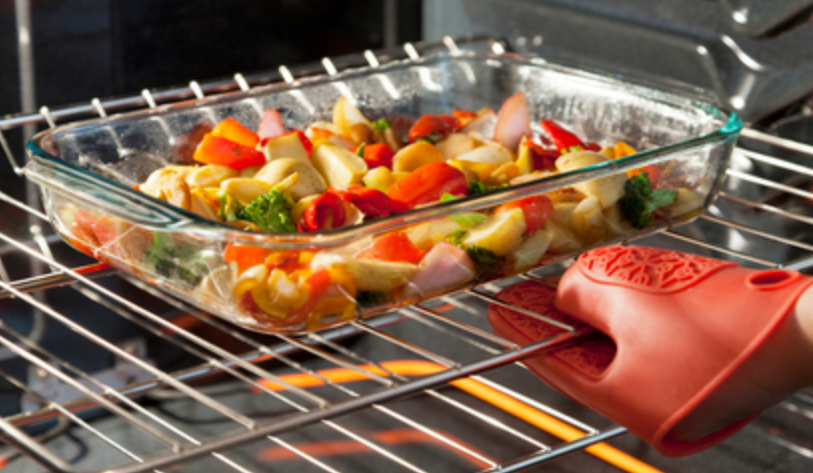
Inspect the glassware for cracks, chips, or scratches that may compromise its integrity. Damaged glassware is more susceptible to breakage or shattering, especially when exposed to heat and rapid temperature changes. If you notice any damage, discontinue using the glassware and replace it with a new, undamaged piece.
● Inspect the Seal or Lid
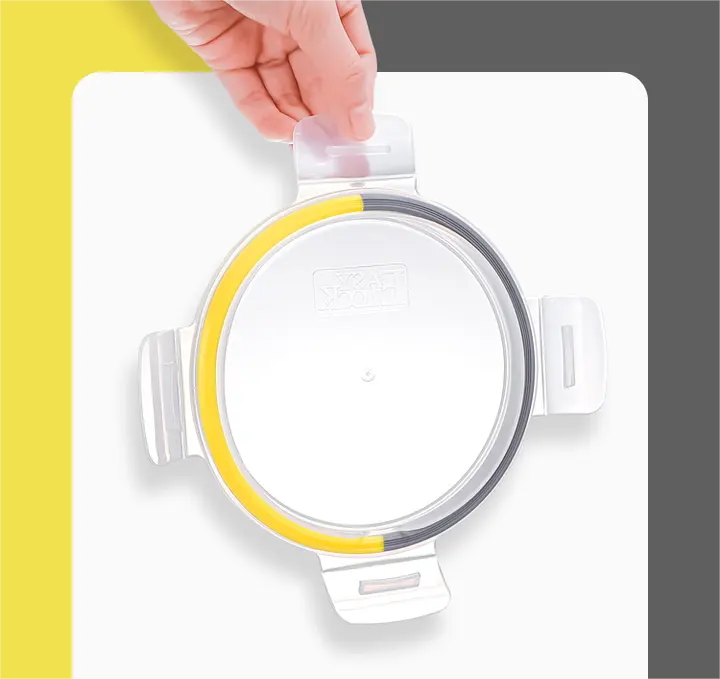
If your glassware has a seal or lid, check it for any signs of wear or damage. A damaged seal or lid may not provide a proper seal during microwaving, leading to splattering or inadequate heat retention. Replace the seal or lid if necessary.
Regularly inspecting microwave-safe glassware helps identify potential safety risks and ensures that you are using glassware in optimal condition.
By following proper cleaning techniques, such as handwashing or using a dishwasher according to the manufacturer's instructions, you can maintain the cleanliness and integrity of microwave-safe glassware. Handling hot glassware with oven mitts or heat-resistant gloves reduces the risk of burns, while regular inspections help identify and replace damaged glassware. These practices contribute to the overall safety and longevity of your microwave-safe glassware.

